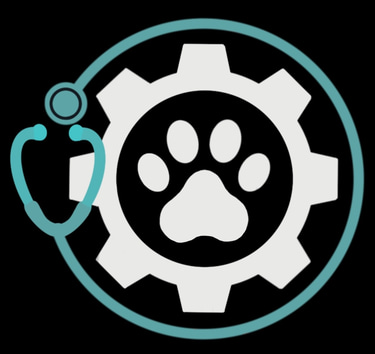Helping Your Tripawd Adjust: A Comprehensive Guide for Pet Owners
5/5/20252 min read


Understanding the Amputation Journey
As a dedicated pet owner of a tripawd, witnessing your dog undergo an amputation can be an emotional experience. The first few weeks post-amputation are crucial for recovery, and understanding what to expect can significantly ease this transition. Your pet's adjustment will not only involve physical changes but emotional ones as well, as they learn to navigate their new situation.
Managing Pain and Mobility
In the initial weeks after surgery, managing your tripawd's pain is paramount. Veterinarians typically prescribe pain relief medications, which should be administered as directed. Observing your pet's behavior can offer insights into their pain levels. Look for signs such as reluctance to move, whining, or excessive licking at the incision site. If your dog seems uncomfortable, consult your veterinarian promptly for adjustments to their pain management plan.
Mobility will also be affected post-amputation. Dogs are incredibly resilient, but they need time and encouragement to adapt. Begin with short, gentle walks on a leash to help them regain confidence. Use supportive harnesses or slings if necessary to help your tripawd maintain balance. Regular, short sessions will build their strength, so patience is key during this period.
Emotional Support and Environment Adjustments
Beyond physical care, emotional support plays a critical role in helping your tripawd adjust. Dogs thrive on routine and familiarity; therefore, maintain your pet's daily schedule as much as possible. Provide them with a cozy space, complete with their favorite toys and blankets, where they can feel secure during their recovery. Engaging them with interactive toys can also stimulate their mind while encouraging movement.
While it is important to focus on your dog's recovery, you should also consider your emotional well-being. It is normal to feel a sense of loss or concern for your pet’s future capabilities. Sharing your feelings with fellow tripawd owners or support groups can offer comfort and advice. Social media platforms often feature groups specifically for pet owners facing similar challenges, providing invaluable insight and camaraderie.
In conclusion, navigating the first few weeks post-amputation requires dedication and love. By managing your tripawd’s pain, facilitating mobility, and providing emotional support, you can significantly contribute to their recovery. Remember, each dog is unique, so celebrating small milestones will help foster a positive outlook for both you and your beloved pet. Patience and encouragement will go a long way as your tripawd adjusts to life on three legs.
VetCraft
Empowering Pets Daily
Contact
subscribe to our newsletter to be the first to hear about special promotions
+1(919)599-9616
© 2025. All rights reserved.
